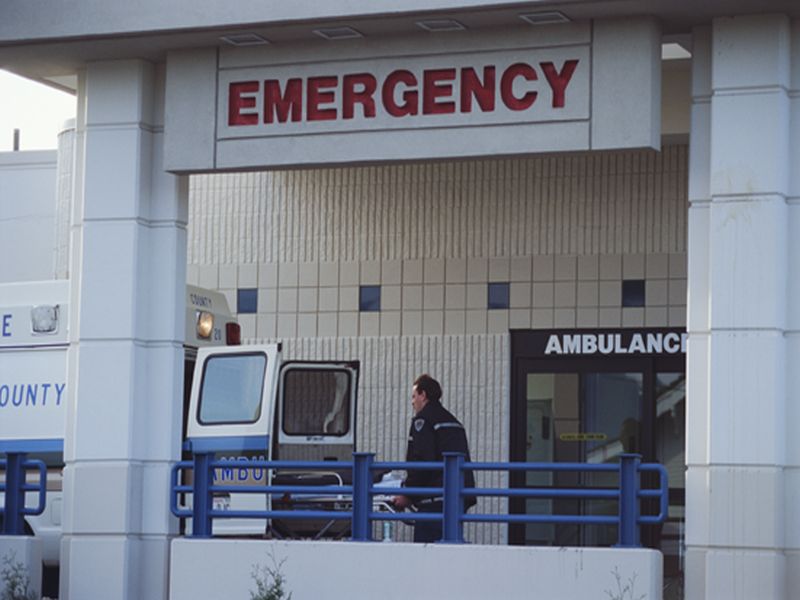
Monday, April 11, 2016

MONDAY, April 11, 2016 (HealthDay News) -- Routine screening of emergency room patients for suicide risk might be an effective way to prevent it, a new study suggests.
Nurses at eight ERs were trained to screen patients for three suicide risk factors: depression, suicidal thoughts and previous suicide attempts.
Over five years, suicide screenings rose from 26 percent to 84 percent, and detection of patients at risk of suicide increased from nearly 3 percent to 5.7 percent, the University of Massachusetts Medical School researchers found.
The study was published in the April issue of the American Journal of Preventive Medicine.
"Our study is the first to demonstrate that near-universal suicide risk screening can be done in a busy [emergency department] during routine care," lead author Edwin Boudreaux said in a university news release. Boudreaux is vice chairman of research in the department of emergency medicine.
"The public health impact could be tremendous, because identification of risk is the first and necessary step for preventing suicide," he added.
Boudreaux noted that patients who were found to be at risk were further evaluated and provided with resources that they otherwise would not have received.
"In fact, with screening we identified a subset of patients [10 percent] whose suicidality was serious enough to warrant psychiatric inpatient treatment. What would have happened to them if they had been discharged? The conventional wisdom is that at least some of those individuals would have tried to kill themselves," he noted.
The other 90 percent of patients who screened positive for suicide risk were discharged with resources such as a self-help safety plan, lists of community services and a wallet card with contact information for local suicide prevention hotlines.
SOURCE: University of Massachusetts, news release, April 5, 2016
HealthDay
Copyright (c) 2016 HealthDay. All rights reserved.
- More Health News on:
- Emergency Medical Services
- Suicide




























.png)












No hay comentarios:
Publicar un comentario